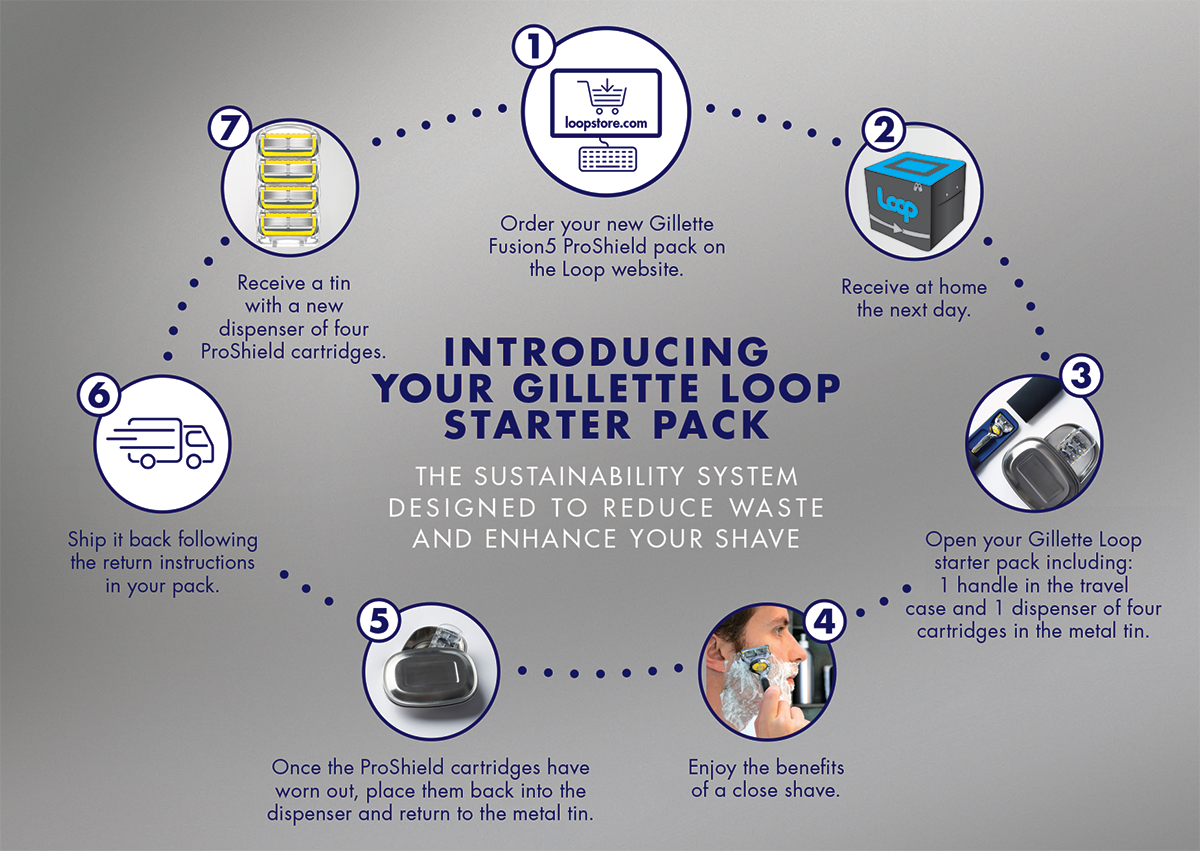Delivering sustained growth
Why your approach to sustainability will define your future ability to do business - and how to stay ahead of the pack
A June 2019 study by NYU Stern’s Center for Sustainable Business has finally debunked the myth that consumers don’t buy sustainable brands. For many years, brand managers have complained that whilst consumers claimed they intended to purchase sustainable products, in reality, they did no such thing. Well, no longer. Across 36 categories, the study demonstrates that between 2013 and 2018 in the US, products marketed as sustainable grew 5.6 times faster than those that were not.
The intention-action gap is closing, and fast.
Allied with that, the fact that 90% of CEOs say that sustainability is fundamental for success means that there is pressure from above and below to ensure that product development and marketing are aligned around goals that include sustainability at their core.
At a time where corporations proudly trumpet their purpose statements as evidence that they care about more than profits, we felt it important to assess the limiting factors for brand owners and managers when attempting to make real, tangible strides in creating and marketing more sustainable products – and to highlight the clear strategies they can employ to continue to grow in a world where sustainability is a table stake, not a nice to have.
Catching up or staying ahead
Whilst some large organisations like Unilever and latterly PepsiCo are renowned for their forward thinking approach to sustainability, often in the face of direct and sustained criticism from investors, others, like KraftHeinz are left playing catch up following a period of painful cost-control. However, it would appear that attitudes in even the most reluctant of businesses are changing in the face of increasingly powerful social, governmental and economic arguments. Knowing how to operate in this constantly evolving and fast-moving arena is now a vital element of growth strategy for brands.
Resting on your laurels is impossible – even those working hardest to deliver impact can find consumer expectations shifting faster than they are able to keep up.
Clear has identified 6 key elements brands need to consider:
1. Start by creating a stronger connection between brand and R&D.
Too often, we find businesses in which these two crucial parties fail to communicate effectively. In an innovation heavy territory like sustainability, it is a absolutely vital that these two key disciplines (and others within the organisation) understand each others’ objectives, processes and limitations. Our work in applying Sensory Strategy to CPG innovation processes helps bring the consumer in early and shape decisions in R&D and brand marketing earlier in the process for more aligned and effective results. It also reinforces the importance of the second element:
2. Make sure you are clearly identifying and innovating against real consumer need.
We still need to do the basics. But, increasingly, in a world where the next sustainable innovation is key, consumers are able to answer the questions about what they don’t want, but they’re not so able to answer questions about the solution. Expanding your research and ideation approaches to include Sensory is one option. Another is to incubate new, risky innovation ideas focused on developing a new customer experience.
3. Clarify brand roles across your portfolio.
Across complex portfolios, there are often brands that lend themselves to being at the forefront of sustainability initiatives and those which for structural reasons require greater levels of investment. Every portfolio strategy should take this into account, assess the portfolio-wide opportunities to embed sustainability across brands and then identify brands where investment can lead to greater impact, faster.
4. Partner with erstwhile competitors to develop solutions faster, at greater scale and with lower risk.
 We see increasing numbers of partnerships around sustainability based on simple economies of scale. Beyond CPG, BMW and Mercedes partnering in mobility services is an example of highly competitive businesses recognising that large scale challenges can be better solved through collaboration. Another example is the Loop reusable packaging scheme – multiple partners working together for common commercial benefit.
We see increasing numbers of partnerships around sustainability based on simple economies of scale. Beyond CPG, BMW and Mercedes partnering in mobility services is an example of highly competitive businesses recognising that large scale challenges can be better solved through collaboration. Another example is the Loop reusable packaging scheme – multiple partners working together for common commercial benefit.
5. Maintain credibility.
Consumers are wise to communications green-washing. We know from our Experience Gap study that overclaiming is extremely damaging to brand credibility and consumers’ perception of the overall customer experience. The reputational and commercial risks are simply too great. However, consumers don’t expect individual brands to solve large-scale sustainability challenges on their own. Instead, the expectation is that brands demonstrate the right behaviours and progress towards sustainable goals within their own control – and to honestly appraise and discuss shortcomings.
6. Invest in sustainability as a strategic growth pillar.
Addressing this challenge effectively requires both commercial and brand commitment. The most impressive examples of strategic thinking in this space (M&S Plan A, Unilever’s ‘Sustainable Living’ strategy) have driven change across their entire respective businesses, from brand to product, legal to supply chain. In the absence of that integrated approach, whilst gains can still be made, they will remain marginal, rather than transformative.
Brands that reframe sustainability as a growth driver, will win
With environmental, social and governance leadership increasingly being factored into investment decisions, it’s not simply the revenue impact of investing in an effective sustainability strategy that matters. We are moving beyond the point where ‘sustainable’ was a seen as reducing quality, efficacy or profitability and instead to a place where the commercial case demonstrates that the correct investment leaves brands in a more robust and resilient position to grow.
